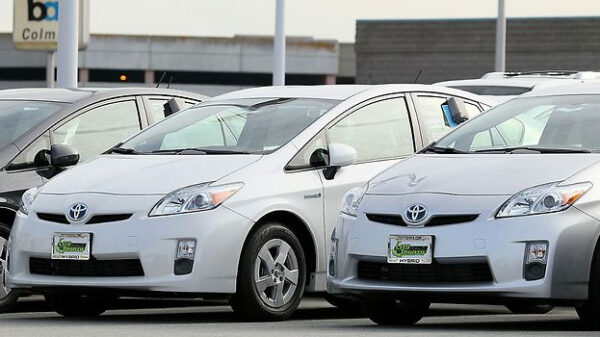NAIROBI, Kenya, Jun 7 – Compared to other fast growing economies, Kenya invests less and the share of investment financed by foreign savings is higher, says a new study by the World Bank.
Dubbed ‘Kenya Country Economic Memorandum’, the study says that the investment, at about 20 percent of GDP, is lower than the 25 percent of GDP benchmark identified by the Commission on Growth and Development.
National savings has not surpassed the 15 percent mark over the past decade.
Put into context, Pakistan’s savings is above 20 percent of Gross National Disposable Income (GNDI) and Vietnam’s is more than 25 percent.
“High unemployment and volatile inflation in Kenya are some of the reasons behind low savings, in particular by households,” says the report.
The falling youth dependency ratio, which translates to declining fertility, should have promoted saving.
This is however not the case.
“A large share of the youth remain jobless hence continue to be dependent although they are of the working age.”
Low household saving can also be faulted to the fact that rates on deposits at financial institutions have been low.
There is potential to increasing savings made, however.
“SACCOs have been successful in mobilizing savings and channelling savings to investment projects at the local level.”
“Mobile saving schemes such as those of M-Shwari, Kenya’s SACCOs have increasingly attracted savings and contributed to the realisation of the saving and investment target of Vision 2013.”
To increase the amount of savings made, World Bank recommends the channelling of savings to product investment.
“First, ensure job opportunities for the new labour market entrants, as this will support saving. Second, keep inflation low and stable as this would raise the real deposit rate and incentivize saving.”
Reorienting public spending from recurrent to capital expenditure will represent an increase in public savings.



































